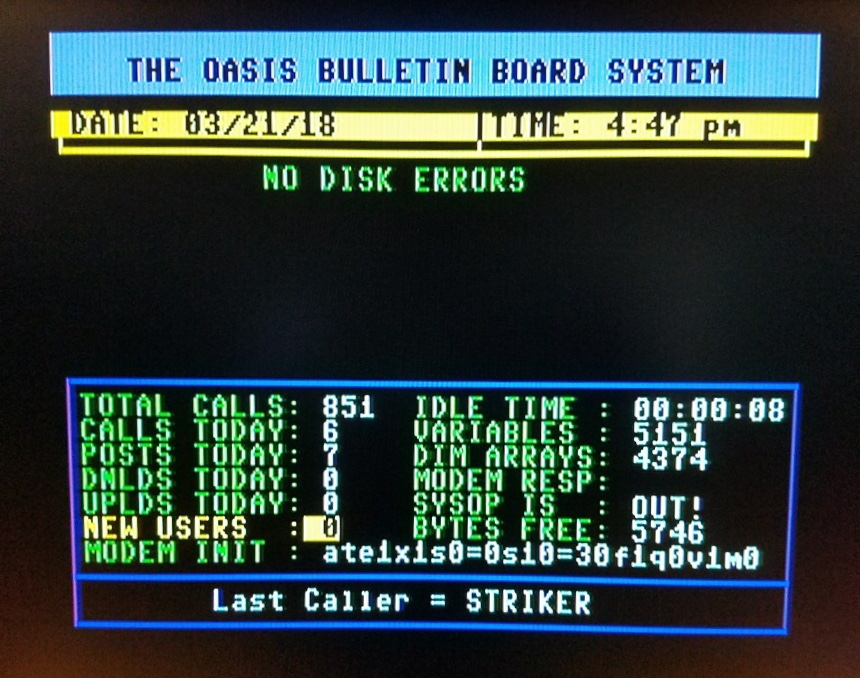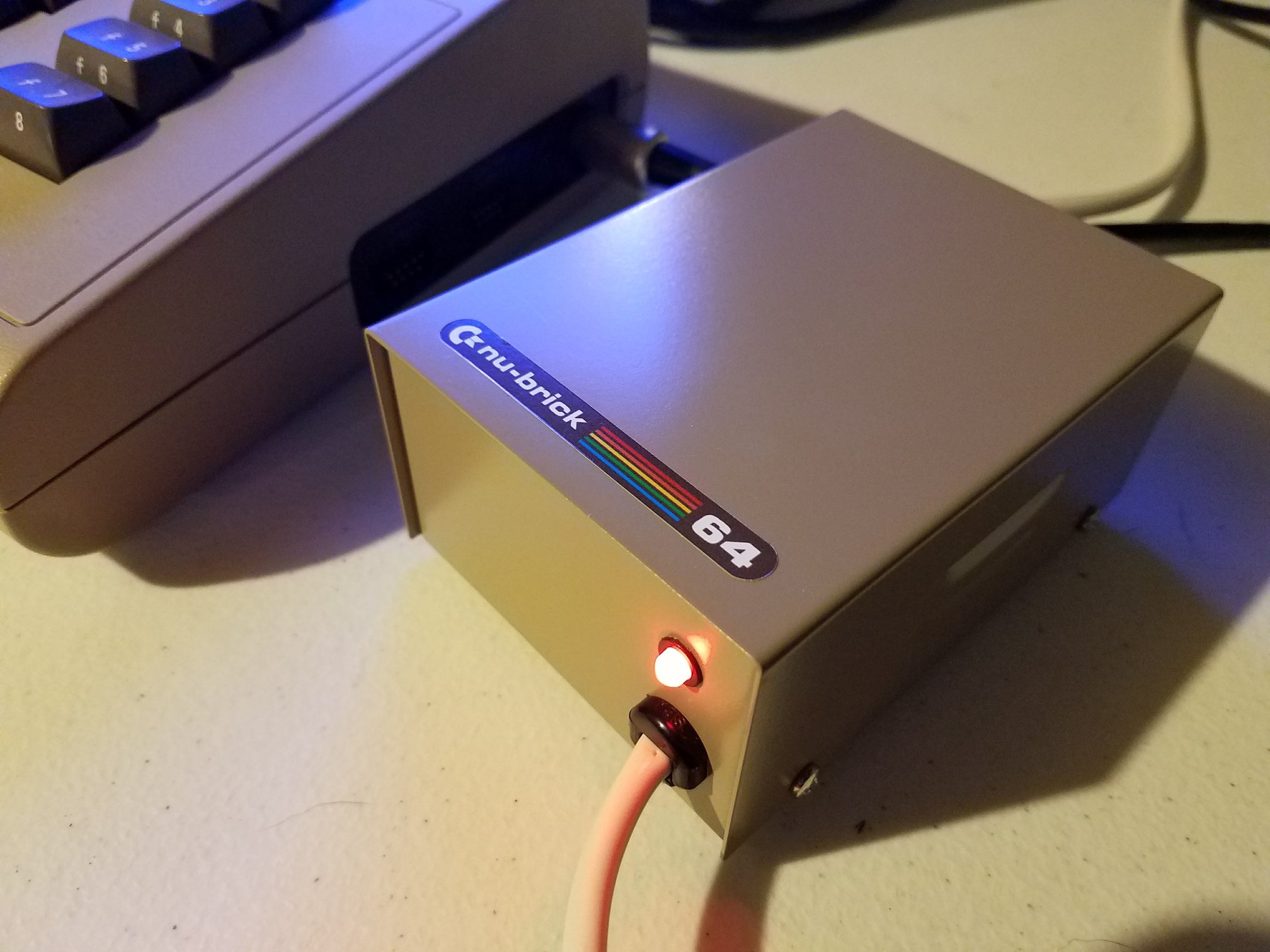The project has reached an exciting point at The 8-Bit Manshed as the continue with Part Two of the Amiga 3000 build. Last time, we managed to establish a clock signal, and now we’re moving forward with additional components. Two ICs have already been installed to handle the reset function for future testing. The next step is to install sockets for the “Gary” and “Fat Agnes” chips. Interestingly, a full chipset is already on hand, including various PAL chips, a significant number of VRAMs for the designated area, and the open video hybrid DAC replacements. These open-source boards were generously provided by Chucky, and they are invaluable, given the difficulty of sourcing some of these components.
Additionally, Chucky has sent an original daughterboard for the Amiga 3000, which is a great advantage. This daughterboard fits into a specific slot on the motherboard, allowing the connection of multiple peripherals and expansion boards to the Amiga 3000. Also included were several other boards and components for potential future projects, such as a reproduction of the CD32 board and an Amiga 4000 reproduction. Other components might become future build projects, although the immediate focus is on the Amiga 3000.
After installing the sockets for “Gary” and “Agnes,” the goal is to test for sync signals, both horizontal and vertical, from the RGB port. Using an oscilloscope, we successfully identified vertical sync and horizontal sync signals, confirming the progress.
The next steps involve populating the board with additional ICs and jumpers. A decision was made to socket all ICs to simplify troubleshooting and component replacement. This is particularly useful when working with a blank PCB, as it makes diagnosing and replacing faulty components much easier. Further, we need to install the ROM and prepare the board for the diagROM testing via the serial output.
Subsequently, the CPU and clock oscillator were installed, and diagROM was successfully booted through the serial port, confirming that the system is functioning to some degree. While RAM tests are expected to fail due to the absence of RAM, the system is at least booting, which is an encouraging sign.
There were some challenges with the jumper settings; however, it’s advisable to follow the photographic guide provided rather than the written instructions to ensure correct configuration. It’s rewarding to see code execution at this stage, especially after installing numerous components.
This build is progressing well, but for now, it’s prudent to pause and revisit after some time to avoid mistakes that could arise from overworking. The project will continue soon, but as of now, reaching the diagROM boot is a significant milestone.
We hope this walkthrough is helpful to anyone considering building their own system or following a similar project.







